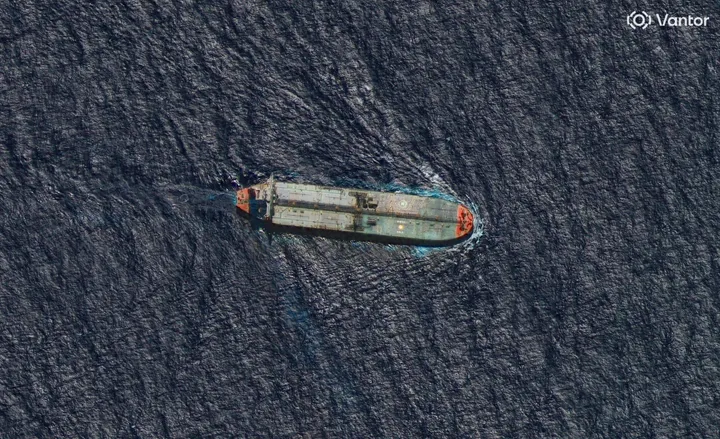Temperatures in Europe have increased at more than twice the global average over the past three decades, showing the fastest rise of any continent on earth, the UN has said.
The European region has on average seen temperatures rise 0.5 degrees Celsius each decade since 1991, the UN's World Meteorological Organization and the European Union’s Copernicus Climate Change Service said in a joint report on Wednesday.
As a result, Alpine glaciers lost 30 metres in ice thickness between 1997 and 2021, while the Greenland ice sheet is swiftly melting and contributing to accelerating sea level rise.
Last year, Greenland experienced melting and the first-ever recorded rainfall at its highest point.
And the report cautioned that regardless of future levels of global warming, temperatures would likely continue to rise across Europe at a rate exceeding global mean temperature changes.
"Europe presents a live picture of a warming world and reminds us that even well-prepared societies are not safe from impacts of extreme weather events," WMO chief Petteri Taalas said in a statement.
WMO splits the world into six regions, with the European region covering 50 countries and including half of the swiftly warming Arctic, which is not a continent in its own right.
Within Antarctica - which is a continent but falls outside the six WMO-defined regions -only the West Antarctic Peninsula part is seeing rapid warming.
READ MORE:Climate crisis talks overshadowed by conflict in Europe
Innovative solutions
The new report, released ahead of the UN's 27th conference on climate set to open in Egypt on Sunday, examined the situation in Europe up to 2021.
It found that last year, high-impact weather and climate events - mainly floods and storms - led to hundreds of deaths, directly affected more than half a million people and caused economic damage across Europe exceeding $50 billion.
At the same time, the report highlighted some positives, including the success of many European countries in slashing greenhouse gas emissions.
Across the EU, such emissions decreased by nearly a third between 1990 and 2020, and the bloc has set a net 55-percent reduction target for 2030.
Europe is also one of the most advanced regions when it comes to cross-border cooperation towards climate change adaptation, the report said.
It also hailed Europe's world-leading deployment of early warning systems, providing protection for about 75 percent of the population, and said its heat-health action plans had saved many lives.
"European society is vulnerable to climate variability and change," said Carlo Buontempo, head of Copernicus's European Centre of Medium-range Weather Forecasts (ECMWF).
"But Europe is also at the forefront of the international effort to mitigate climate change and to develop innovative solutions to adapt to the new climate Europeans will have to live with."
READ MORE:Europe broils as heatwave shatters temperature records
























